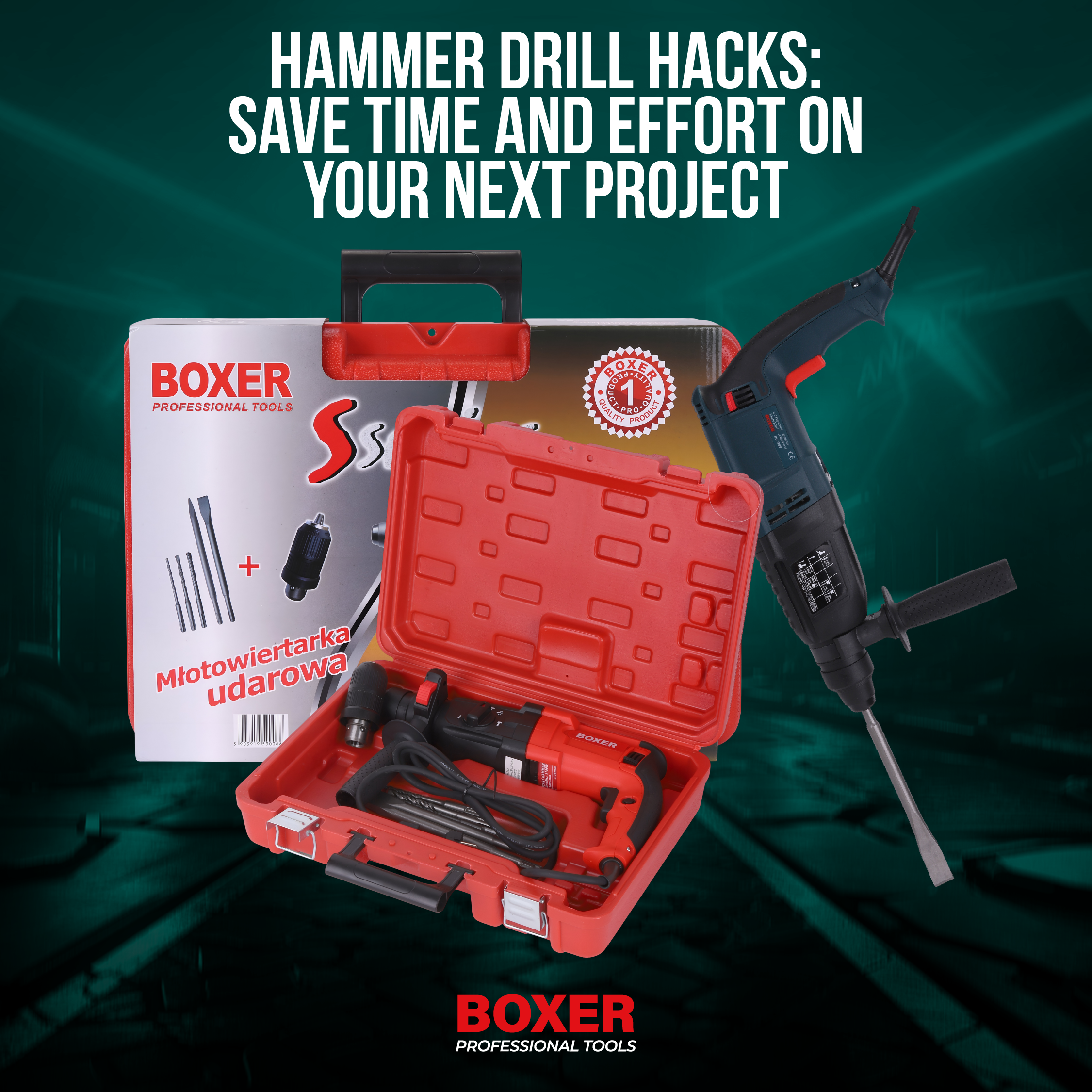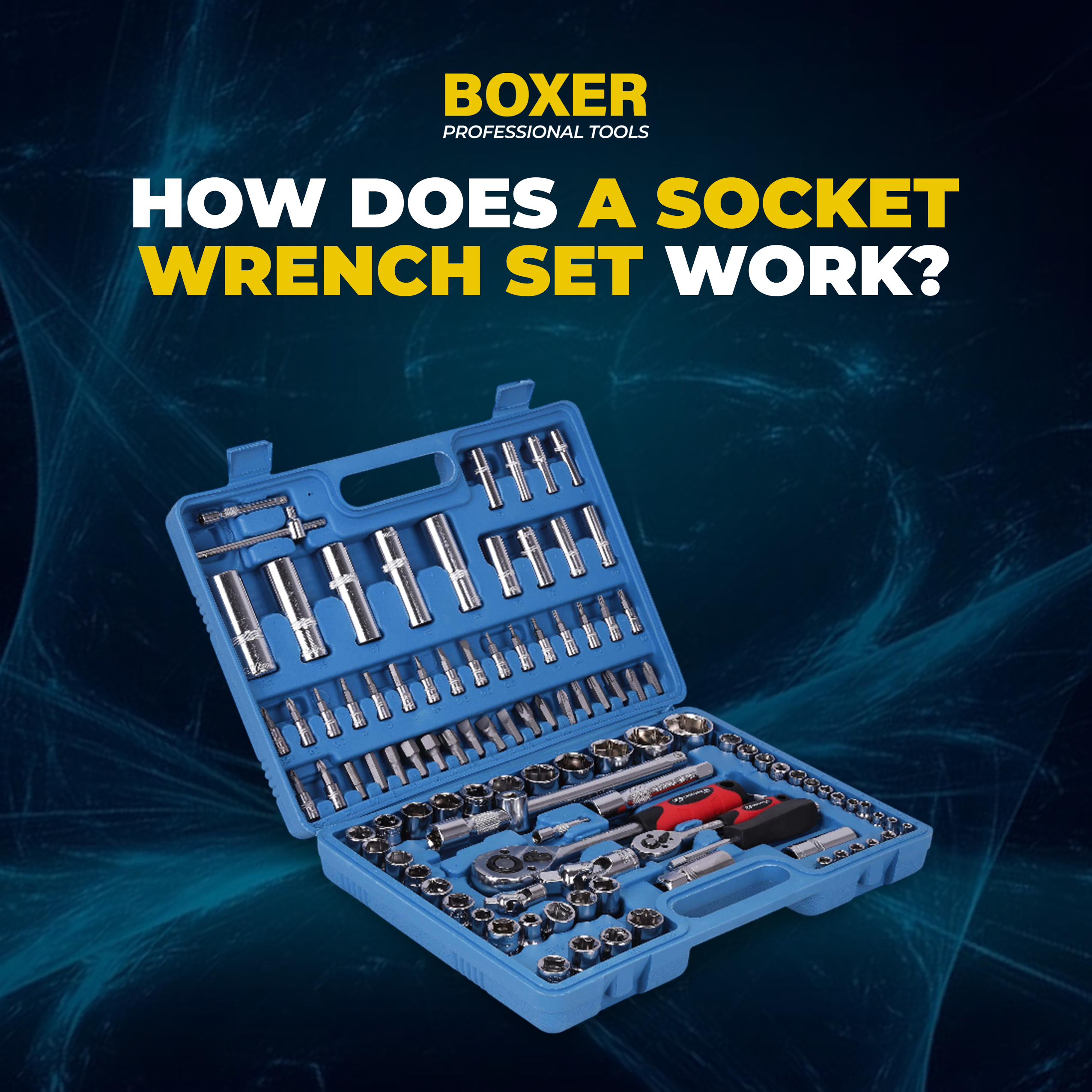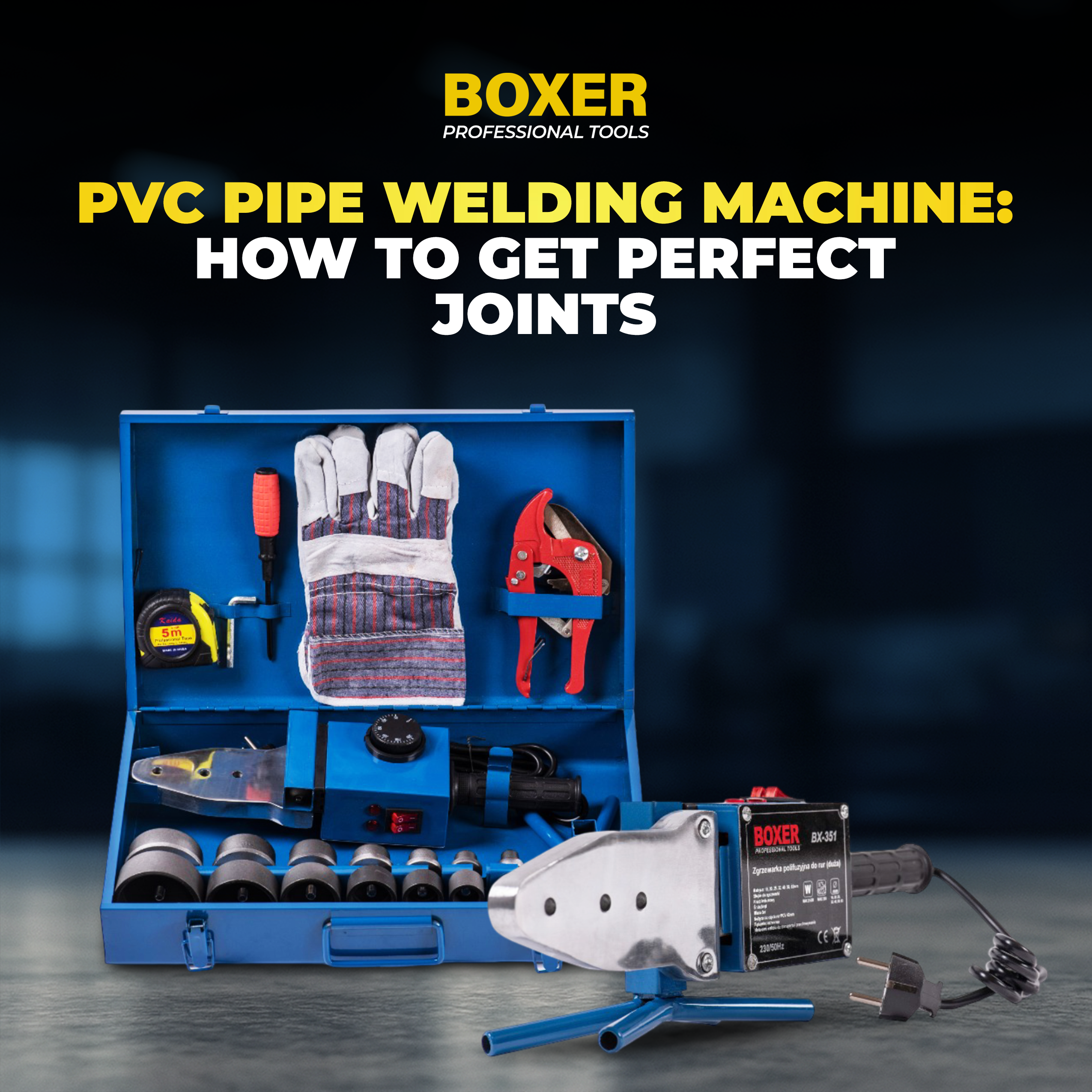
Hammer Drill Hacks: Save Time and Effort on Your Next Project
Hammer drills are powerful tools designed to make your construction, renovation, and DIY projects more efficient and effective. Whether you're drilling into concrete, masonry, or other tough materials, a hammer drill can save you significant time and effort. In this comprehensive guide, we'll explore various hacks and tips to help you get the most out of your hammer drill, ensuring your next project is a success.
Understanding Your Hammer Drill
Before diving into the hacks, it's essential to understand the basics of a hammer drill. A hammer drill, also known as a percussion drill or impact drill, combines the rotary action of a standard drill with a hammering action. This dual functionality allows the drill bit to break through hard materials more easily.
Choosing the Right Hammer Drill
Selecting the right hammer drill for your needs is the first step in ensuring efficiency and effectiveness. Here are some factors to consider:
- Power Source: Hammer drills can be corded or cordless. Corded models offer consistent power and are suitable for heavy-duty tasks, while cordless models provide mobility and convenience.
- Power Rating: Look for a drill with a power rating that matches your project's demands. For light to medium tasks, a drill with 5 to 8 amps will suffice, while heavy-duty tasks may require a drill with 10 amps or more.
- Speed and Torque: Adjustable speed and torque settings allow you to customize the drill's performance based on the material you're working with. Higher speeds are ideal for drilling into softer materials, while lower speeds with higher torque are better for harder materials.
Essential Hammer Drill Hacks
1. Proper Bit Selection
Choosing the right drill bit is crucial for achieving clean and precise holes. Here's how to select the appropriate bit for different materials:
- Concrete and Masonry: Use carbide-tipped masonry bits designed for hammer drills.
- Wood and Metal: For wood, use standard wood bits or spade bits. For metal, opt for high-speed steel (HSS) bits.
- Tile and Glass: Use diamond-tipped or carbide-tipped bits to avoid cracking or shattering the material.
2. Mark Your Drilling Depth
To ensure consistent hole depth, use a piece of tape to mark the desired depth on the drill bit. This simple hack helps you avoid drilling too deep and ensures uniform hole depths, which is especially important for tasks like installing anchors or wall plugs.
3. Use a Pilot Hole
Drilling a small pilot hole before using the hammer function can make the process easier and more accurate. This is particularly useful for starting holes in hard materials like concrete or stone, as it helps guide the larger bit and reduces the risk of slipping.
4. Lubricate the Bit
When drilling into metal or dense wood, applying a few drops of lubricant (such as cutting oil for metal or a wax stick for wood) to the bit can reduce friction, prevent overheating, and prolong the life of the bit.
5. Manage Dust and Debris
Drilling into materials like concrete and masonry generates a lot of dust and debris. Use these hacks to manage the mess:
- Dust Extraction: Attach a vacuum or dust extraction system to the drill to capture debris at the source.
- DIY Dust Collector: Create a simple dust collector by cutting a hole in a plastic container's lid and fitting it around the drill bit. The container will catch the dust as you drill.
- Wet Drilling: For certain materials like tile or brick, wet drilling can help control dust and keep the bit cool. Use a spray bottle to mist the area as you drill.
6. Secure Your Workpiece
Stabilizing your workpiece is essential for accuracy and safety. Use clamps or a vise to hold the material in place, preventing it from shifting or vibrating during drilling.
7. Avoid Overheating
Overheating can damage both your drill and the bit. Take breaks to let the tool and bit cool down, especially when working with hard materials or during prolonged use. If your drill has a variable speed setting, use lower speeds to reduce heat buildup.
8. Angle Your Drill Correctly
Maintaining the correct drilling angle is crucial for achieving clean and accurate holes. Use a drill guide or a simple jig to keep the drill steady and at the right angle. For wall-mounted tasks, start with a slight angle and gradually straighten the drill as it penetrates the material.
Advanced Hammer Drill Techniques
1. Drilling Large Holes
When drilling large holes, it's often more effective to use a series of progressively larger bits rather than starting with the largest one. Begin with a small pilot hole and gradually increase the bit size to reach the desired diameter. This technique reduces stress on the drill and bit, resulting in cleaner and more accurate holes.
2. Using a Core Bit
For very large holes, such as those needed for plumbing or electrical installations, use a core bit. Core bits are hollow and remove a cylindrical section of the material, making them ideal for drilling large-diameter holes in concrete and masonry. Ensure your hammer drill is compatible with core bits and follow the manufacturer's guidelines for use.
3. Impact Drilling
For particularly tough materials, engage the hammer drill's impact function. This setting combines rotational drilling with a hammering action, making it easier to penetrate hard surfaces like concrete, stone, and brick. Be sure to use the appropriate bit designed for impact drilling.
Safety Tips for Hammer Drill Use
Safety should always be a top priority when using power tools. Follow these safety tips to protect yourself and ensure a successful project:
- Wear Protective Gear: Always wear safety goggles, ear protection, and a dust mask when drilling. Depending on the material, you may also need gloves and sturdy footwear.
- Check for Obstructions: Before drilling, check for hidden wires, pipes, or other obstructions that could pose a hazard or damage your drill.
- Secure Loose Clothing and Hair: Ensure loose clothing, jewelry, and hair are secured to prevent them from getting caught in the drill.
- Use Two Hands: Hold the drill with both hands for better control and stability. Many hammer drills come with a side handle that provides additional support.
- Keep the Work Area Clean: Maintain a clean and organized workspace to prevent accidents and improve efficiency.
Hammer Drill Maintenance and Care
Proper maintenance is key to extending the life of your hammer drill and ensuring optimal performance. Follow these maintenance tips to keep your tool in top condition:
- Clean Regularly: After each use, clean the drill and bit to remove dust and debris. Use a soft brush or compressed air to clean hard-to-reach areas.
- Inspect the Cord and Battery: Check the power cord or battery for signs of wear or damage. Replace any damaged components promptly to avoid electrical hazards.
- Lubricate Moving Parts: Periodically lubricate the drill's moving parts, such as the chuck and gears, according to the manufacturer's instructions.
- Store Properly: Store your hammer drill in a dry, cool place to prevent moisture and dust buildup. Use the original case or a dedicated tool storage solution to protect it from damage.
- Sharpen and Replace Bits: Keep your drill bits sharp and replace them when they show signs of wear. Dull bits can damage materials and reduce the efficiency of your drill.
A hammer drill is an invaluable tool for tackling a wide range of projects, from home renovations to professional construction tasks. By understanding your hammer drill, choosing the right accessories, and applying these hacks and techniques, you can save time and effort on your next project. Remember to prioritize safety, maintain your tool, and practice proper drilling techniques to achieve the best results.
With these hammer drill hacks in your toolkit, you're well-equipped to take on any challenge that comes your way. Happy drilling!
Copyright © 2025 Boxertools | Powered By Orance Media Group








